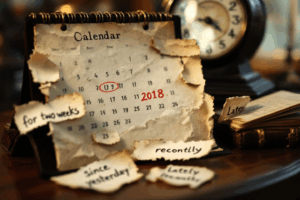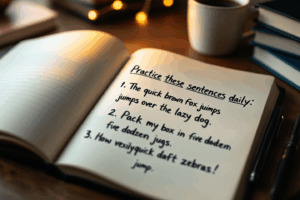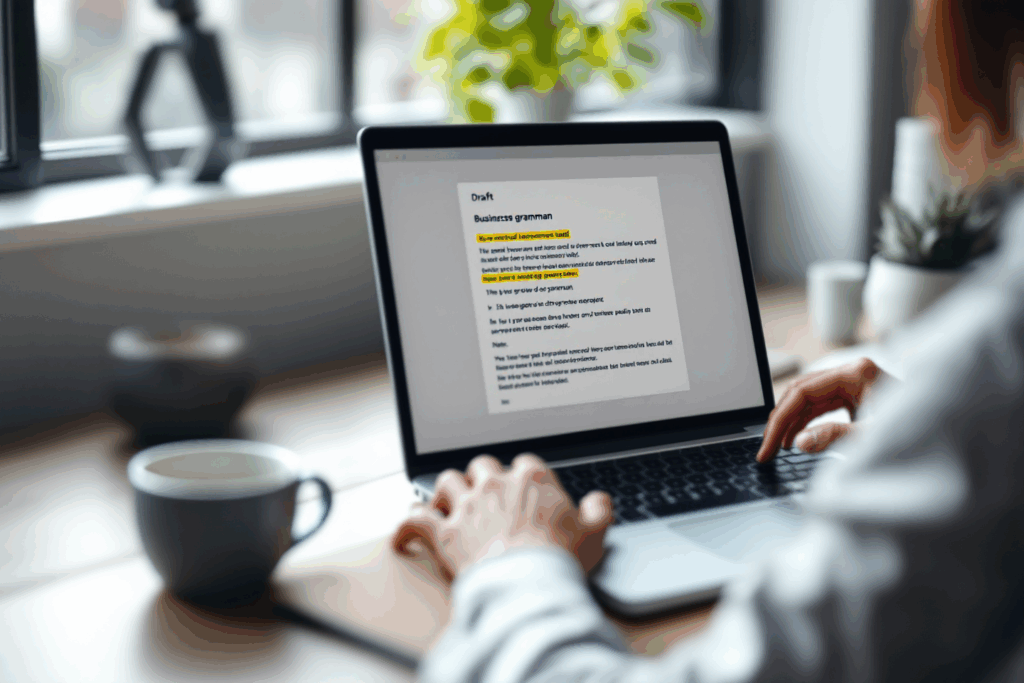
Present Simple Tense 1
English Blogs “Let’s Learn, Explore, and Connect to the World” Present Simple Tense 1 I. Introduction to the Present Simple Tense in English Mastering the


Navigating the Present Perfect Continuous tense requires more than just understanding its structure; it also involves knowing when and how to use it effectively and avoiding common pitfalls.
 Emphasize Duration: Use this tense to emphasize the duration of an ongoing action, especially when the length of time is significant or relevant to the conversation.
Emphasize Duration: Use this tense to emphasize the duration of an ongoing action, especially when the length of time is significant or relevant to the conversation.
 Highlight Ongoing Nature: Choose this tense to highlight the ongoing nature of an action that started in the past and is still continuing.
Highlight Ongoing Nature: Choose this tense to highlight the ongoing nature of an action that started in the past and is still continuing.
 Combine with Time Expressions: Familiarize yourself with time expressions commonly used with this tense, like ‘for’, ‘since’, ‘lately’, and ‘recently’.
Combine with Time Expressions: Familiarize yourself with time expressions commonly used with this tense, like ‘for’, ‘since’, ‘lately’, and ‘recently’.
Choosing the Correct Tense: Avoid confusing the Present Perfect Continuous with the Present Perfect Simple. Use the continuous form for actions where the focus is on the ongoing process or duration.
Correct Formation of Negatives and Questions: Pay attention to the structure when forming questions and negatives. Remember the order: auxiliary verb (‘has/have’), ‘not’ for negatives, ‘been’, and then the present participle.
Overuse of Tense: Be mindful of the context. Not all actions that have occurred over time need to be expressed using the Present Perfect Continuous.
Present Perfect Simple vs. Continuous: The Present Perfect Simple often focuses on the result or completion of an action, while the continuous emphasizes the duration and ongoing nature.
Past Simple vs. Present Perfect Continuous: The Past Simple is used for actions completed in the past at a specific time, while the Present Perfect Continuous is for actions that started in the past and are still ongoing or have recently stopped.
 Regular Practice: Integrate the Present Perfect Continuous into daily conversations, focusing on actions that are currently ongoing or were recently completed.
Regular Practice: Integrate the Present Perfect Continuous into daily conversations, focusing on actions that are currently ongoing or were recently completed.
 Writing Exercises: Write about your recent activities or ongoing projects using the Present Perfect Continuous to emphasize duration and continuity.
Writing Exercises: Write about your recent activities or ongoing projects using the Present Perfect Continuous to emphasize duration and continuity.
 Listening Comprehension: Listen for the use of the Present Perfect Continuous in podcasts, movies, and conversations to understand its application in various contexts.
Listening Comprehension: Listen for the use of the Present Perfect Continuous in podcasts, movies, and conversations to understand its application in various contexts.
 This tense is a dynamic and expressive tense that adds depth to your English communication, especially when discussing actions over time. By understanding its proper use, common mistakes, and through regular practice, your proficiency and comfort in using this tense will significantly improve, enriching your overall English language skills.
This tense is a dynamic and expressive tense that adds depth to your English communication, especially when discussing actions over time. By understanding its proper use, common mistakes, and through regular practice, your proficiency and comfort in using this tense will significantly improve, enriching your overall English language skills.

English Blogs “Let’s Learn, Explore, and Connect to the World” Present Simple Tense 1 I. Introduction to the Present Simple Tense in English Mastering the

English Blogs “Let’s Learn, Explore, and Connect to the World” Present Simple Tense 2 II. Understanding the Present Simple Tense Definition and Structure At its
Master conversation with ‘Comic Collections’ (Book 2) by Cassia North. A fun, insightful guide to professional and casual communication, packed with engaging comics and practical tips for every interaction!



